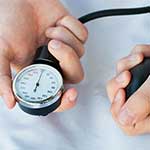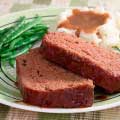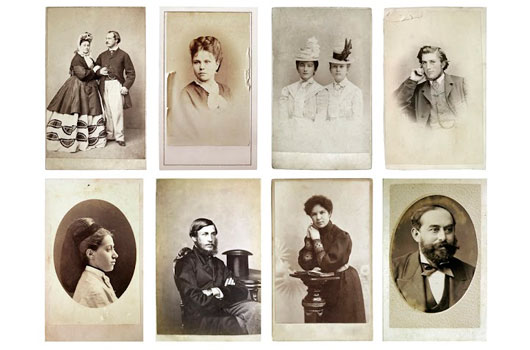
High blood pressure is no longer just a concern for adults, but for your children too. Recent studies presented at an American Heart Association conference show that the risk for high blood pressure in adulthood may be determined childhood. The good news is that if preventive measures can be taken, such as a change in diet and increased exercise, children can learn habits that will lead to lifelong health and wellness.
Read Related: Latina & Overweight? What’s Your Risk for High Blood Pressure
HISPANIC CHILDREN AND HBP
Non-Hispanic blacks and Mexican Americans adolescents have a greater prevalence of high blood pressure and pre-high blood pressure than non-Hispanic whites, and the prevalence is greater in boys than in girls. Childhood obesity, a problem within the Latino community and elsewhere, can significantly contribute and indicate a child’s developing high blood pressure as an adult. Since one in three U.S. children are overweight or obese, this is an important factor to keep in mind.
Obese children have a quadrupled risk for adult hypertension, while overweight children have double the risk compared to normal weight children. A healthy diet, reducing salt intake and exercising are all ways to reduce this risk. Overweight and obesity in childhood shouldn’t be ignored. Effective weight management can minimize the risk for heart disease in a child’s future.
WHAT IS “OVERWEIGHT” IN CHILDREN?
When defining overweight in children and adolescents, it’s important to consider both weight and body composition. Among American children ages 2-19, the following percentages of the population are considered overweight or obese, using the 95th percentile or higher of body mass index (BMI) values on the Centers for Disease COntrol (CDC) growth chart:
- For non-Hispanic whites, 30.1 percent of males and 25.6 percent of females.
- For non-Hispanic blacks, 36.9 percent of males and 41.3 percent of females.
- For Mexican Americans, 40.5 percent of males and 38.2 percent of females.
BLOOD PRESSURE READINGS
Checking blood pressure is as important for children as it is for adults. Children who experience one or more high blood pressure readings are up to three times more likely to develop the disease in adulthood. Even if the spikes in blood pressure were just occasional, it can still signal problems in the future. Occasional spikes do not mean a child has to be treated for high blood pressure, but that they should be monitored closely. Parents should make sure their pediatrician checks blood pressure and weight during each visit. Parents should also take note that blood pressure readings are more accurate at home, without the stress added by the doctor’s office.
SODIUM TEST
Sodium measurements in a child’s urine can also help gauge a child’s risk for high blood pressure later in life. Researchers screened 19 children and found that seven of eight who retained sodium had high blood pressure. Sodium retention can increase the amount of fluid in the blood vessels, which impacts blood pressure. If the body can’t properly regulate sodium, high blood pressure can develop over time. This finding provides useful information so that pediatricians can work to prevent and treat high blood pressure in their patients.
High blood pressure should not be dismissed among children. These risk assessments can help to prevent and care for children who could develop high blood pressure as an adult. Parents and their pediatrician can work together to reduce their child’s risk and ensure their child a heart-healthy life.
Learn more about high blood pressure in children or for resources for raising healthier kids, visit www.heart.org/healthierkids.












